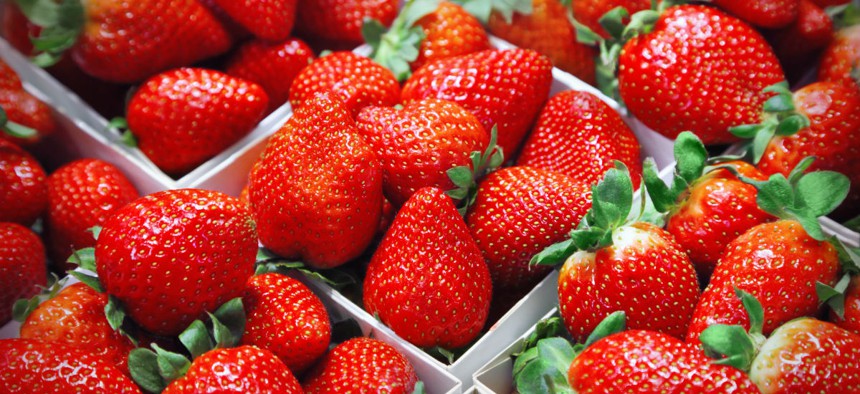
Adisa/Shutterstock.com
American Consumers are Spending More on Organic Foods, and so is Their Government
Mandatory spending on organics under the 2002 farm bill totaled $20 million, but by 2014, that number had risen to $167.5 million.
Organic food is winning right now.
US consumers are buying a lot more of it, even if they’re not clear on why. (In a new Harris poll, 56 percent of Americans said they think organic food is healthier, although that’s not necessarily the case; USDA organic certification refers to how food is grown, raised, and processed, not its nutritional value.)
According to the Organic Trade Association, annual sales of organic food jumped 11 percent last year to $35.9 billion. The biggest category of organics—fruits and vegetables—now accounts for 12 percent of produce sales overall, more than double the market share for organic foods in general.
US government spending on organics has also gone up. Mandatory spending on organics under the 2002 US farm bill totaled a measly $20 million, but by 2014, that number had risen to $167.5 million. And those figures, the USDA notes, don’t include funding for organic programs that fall outside the farm bills.

All this demand is supported by a growing number of farms, ranches, and processing facilities certified as organic. The number of organic operations in the US has nearly tripled since the USDA began keeping count in 2002, currently totaling a record 19,474 operations. Worldwide, the figure is closing in on 28,000, the agency says.
(Image via Adisa / Shutterstock.com)






